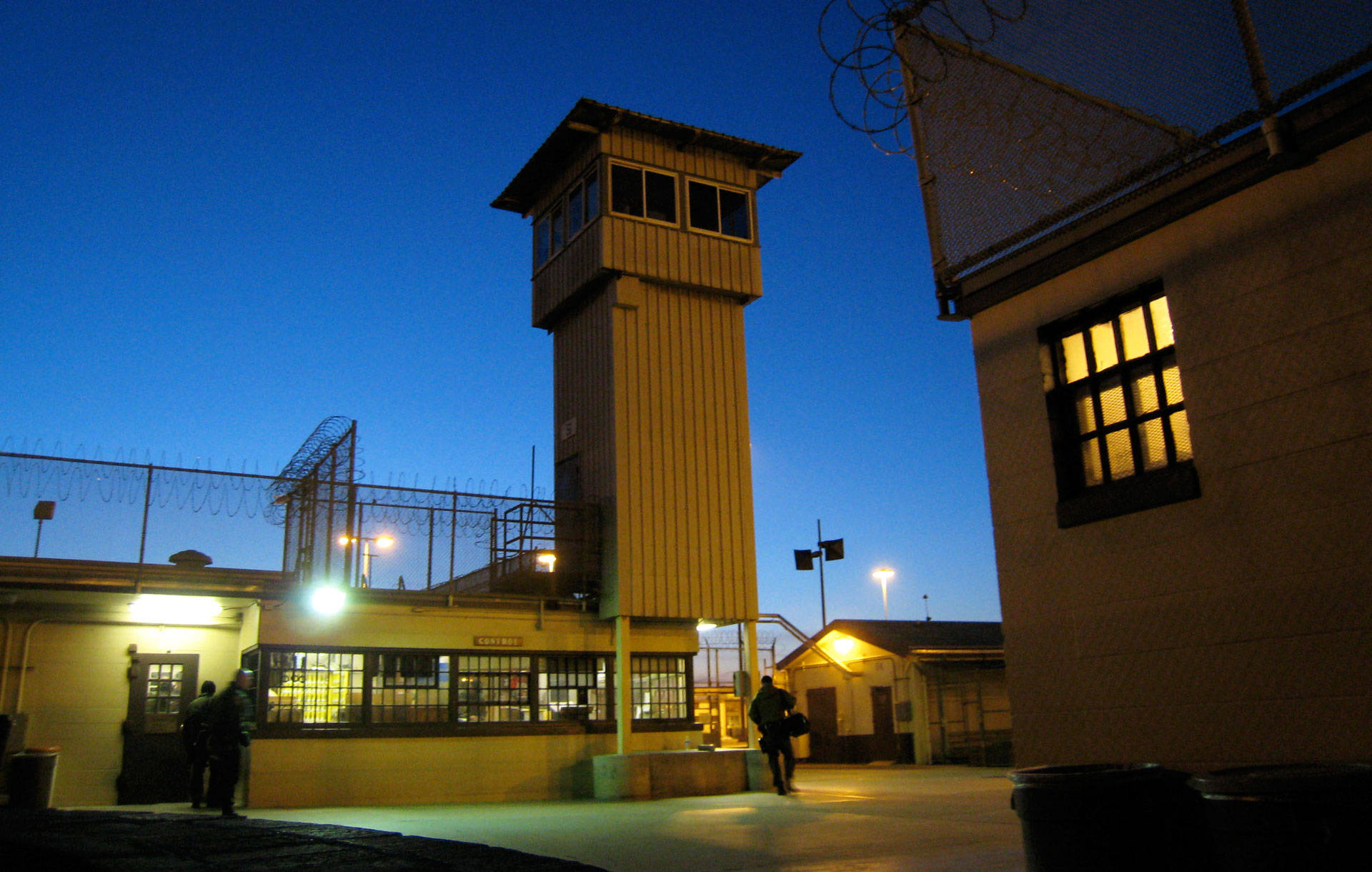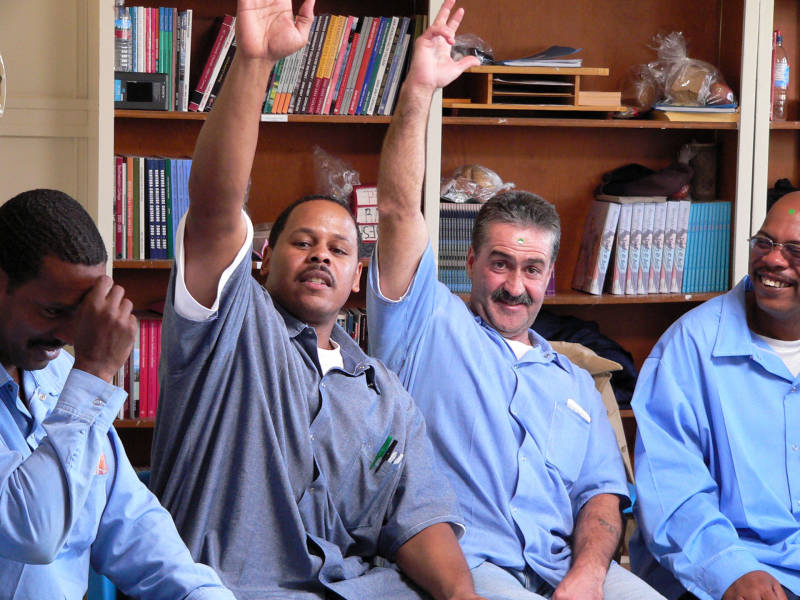Usually, when journalists try to get into a prison to talk to inmates, we’re lucky if we’re able to get a few minutes for an interview with a “model prisoner.” But Noel Schwerin talked her way into spending seven years filming inside Soledad prison, with unprecedented access to both inmates and prison staff.
Schwerin’s documentary, “In An Ideal World," brings us an intimate portrait from inside inmates’ cells, meetings between the warden and prisoners, and the halls of the prison, even during lockdowns. Its first national broadcast debuts Tuesday, April 26, on the public television show "America Reframed."
Schwerin says getting access was all about building trust with both inmates and prison staff.
“Soledad is an old-school prison. It’s not used to the kind of coverage and attention that a place like San Quentin gets. Nobody goes inside, nobody listens to these people,” Schwerin says. “I think people on both sides of the prison bars are pretty marginalized, so having their voice really carefully listened to, they really appreciated that.”
The film focuses on three main characters: John Piccirillo, a leader for the white prisoners, who ends up participating in a mixed-race workshop on violence prevention; Sam Lewis, an African-American inmate who forges an unexpected friendship with Piccirillo; and Ben Curry, the warden, who’s surprisingly candid in his reflections on working in the prison system for decades.

